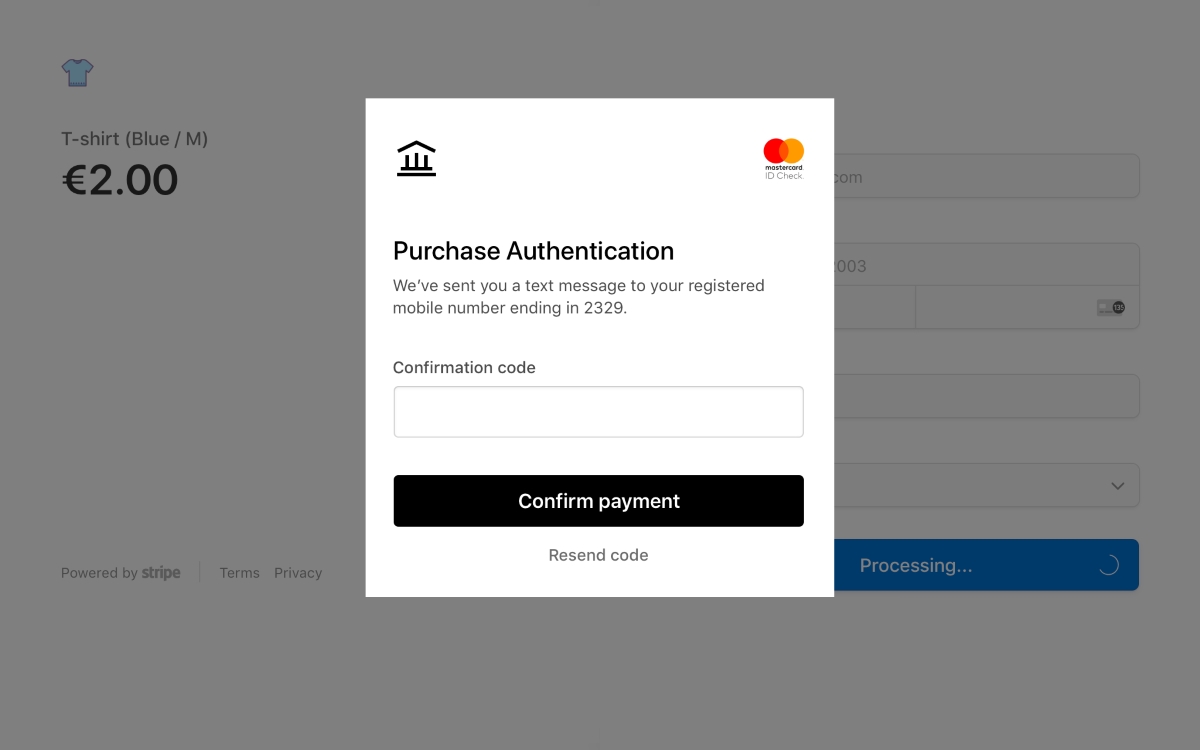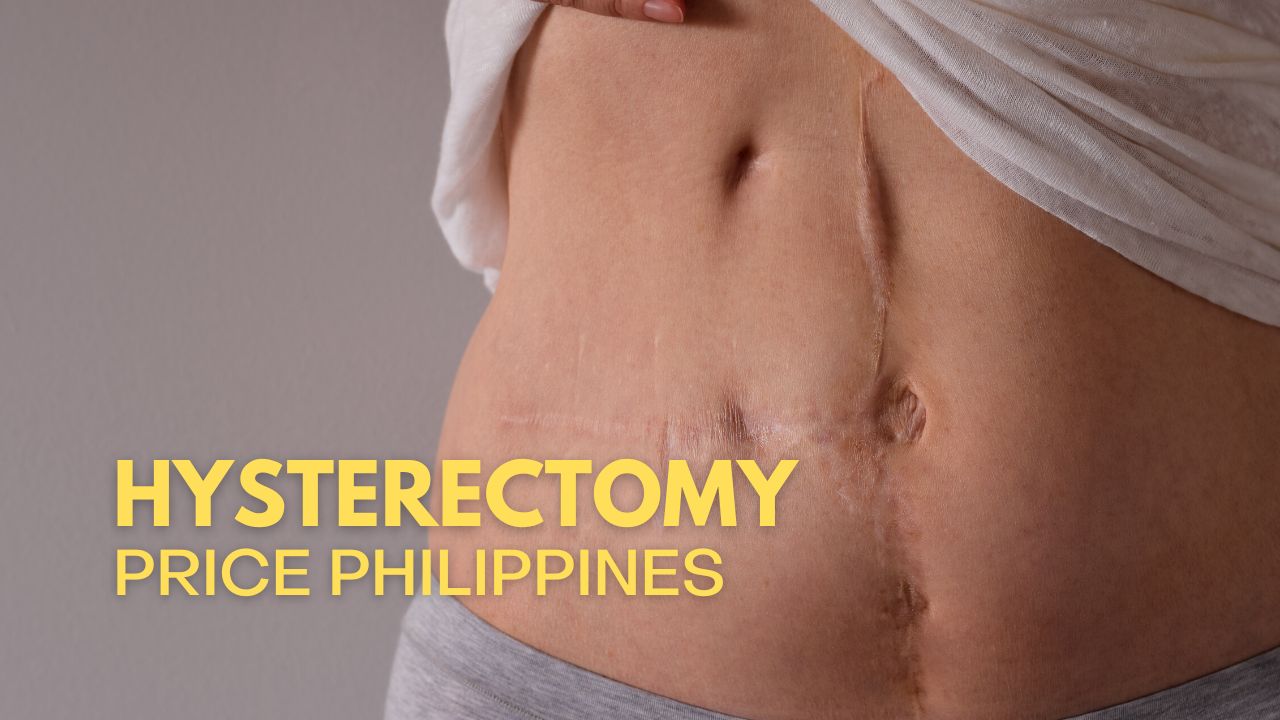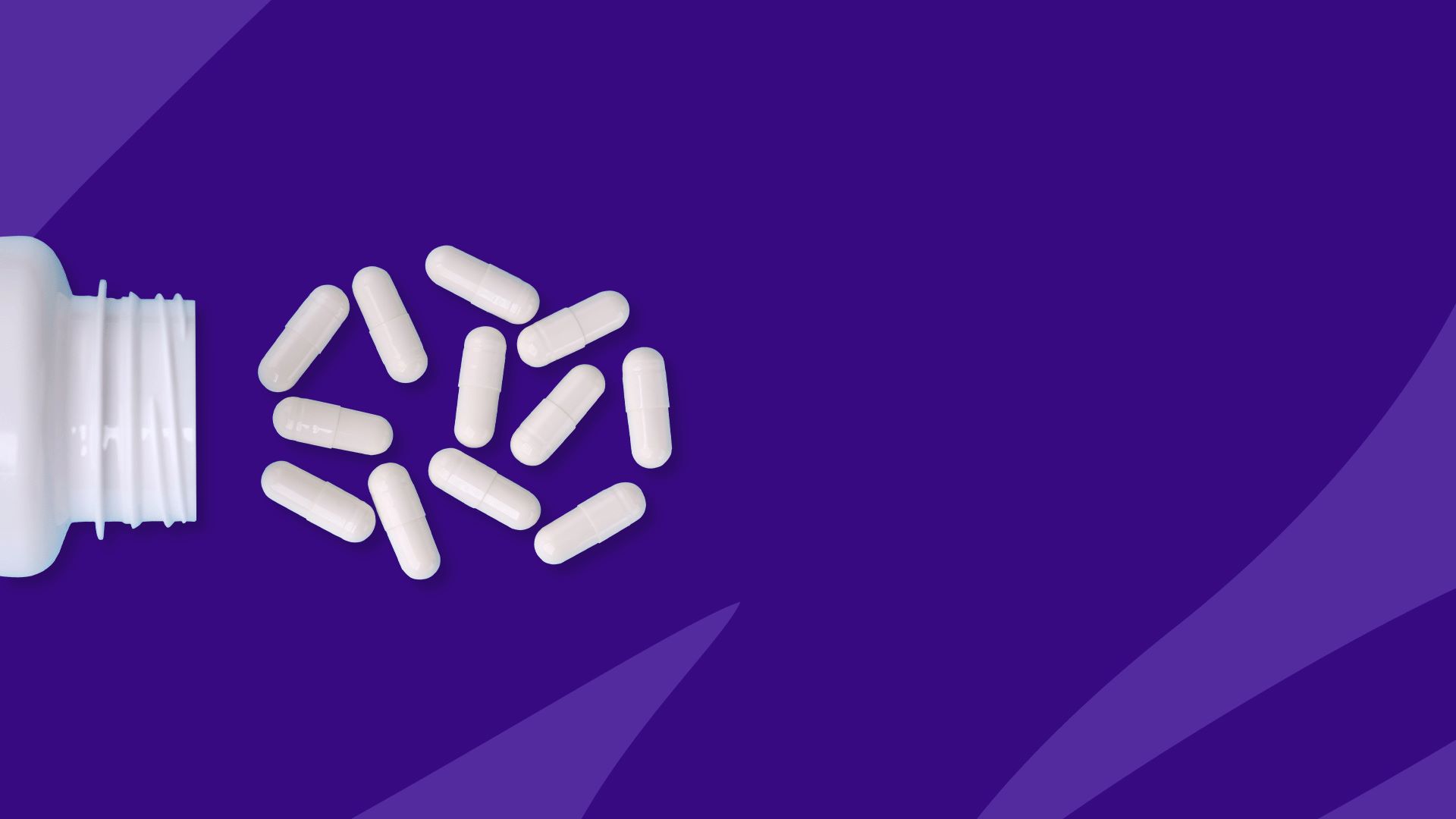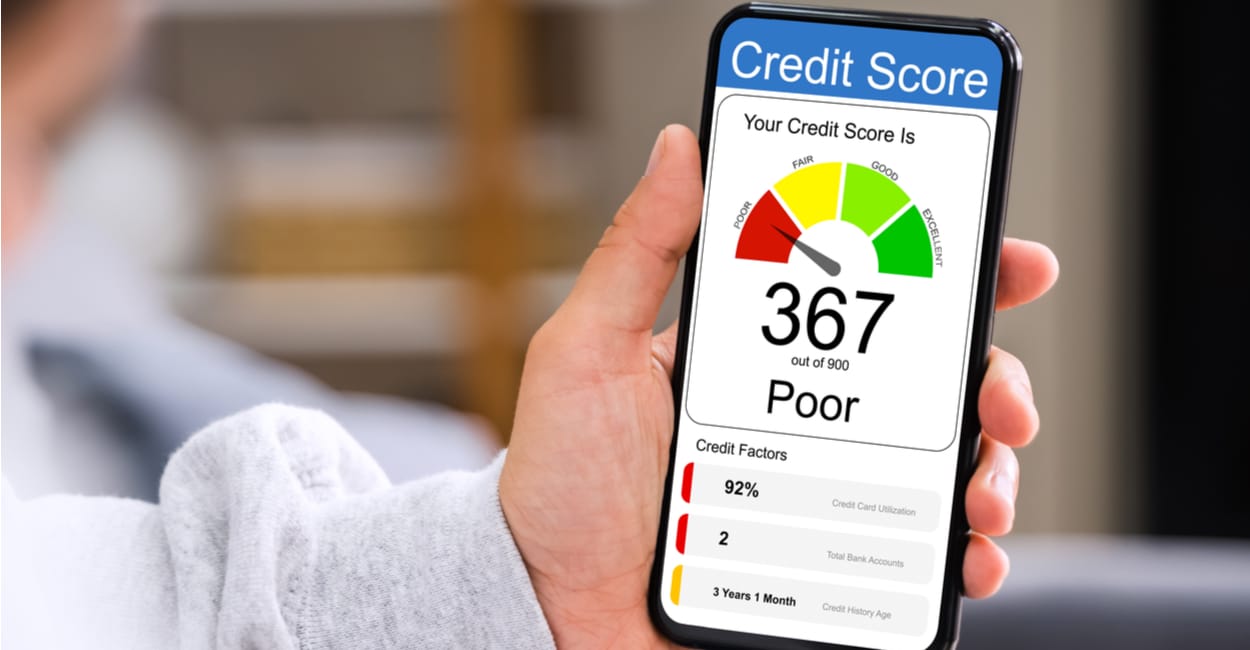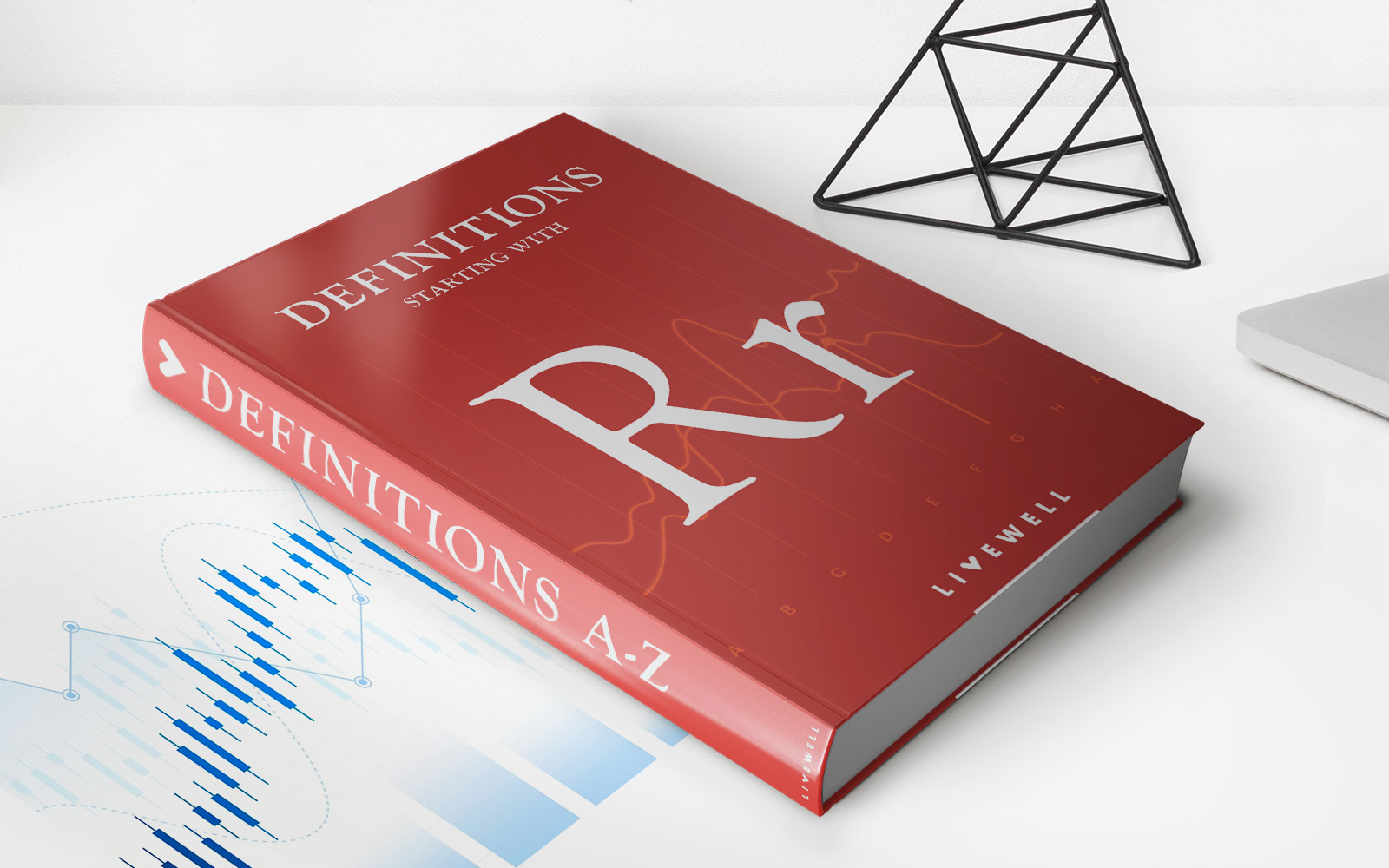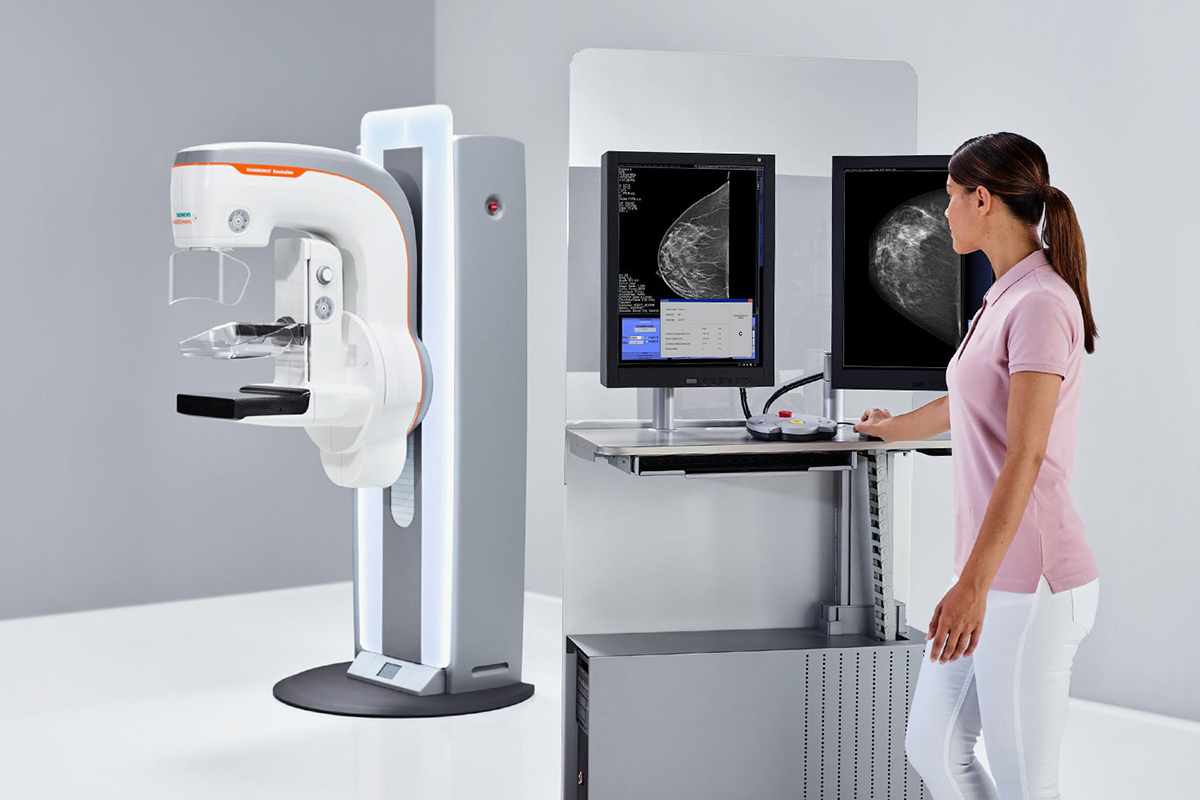

Finance
How Much Is A 3D Mammogram Without Insurance
Published: November 21, 2023
Find out the cost of a 3D mammogram without insurance and explore financing options to help cover the expense. Take charge of your health with affordable financial solutions.
(Many of the links in this article redirect to a specific reviewed product. Your purchase of these products through affiliate links helps to generate commission for LiveWell, at no extra cost. Learn more)
Table of Contents
Introduction
Mammograms are an essential tool in the early detection and prevention of breast cancer. They serve as a fundamental part of women’s healthcare, allowing doctors to detect any abnormal changes in breast tissue before they become more serious. One of the latest advancements in mammogram technology is the 3D mammogram, also known as digital breast tomosynthesis.
Unlike traditional 2D mammograms, which provide a two-dimensional image of the breast, 3D mammograms capture multiple images from different angles and create a 3D representation. This allows radiologists to examine the breast tissue layer by layer, making it easier to detect small tumors or abnormalities.
However, one common question that arises is the cost of a 3D mammogram, particularly for those without health insurance coverage. The cost can be a barrier for many women, preventing them from accessing this crucial screening tool.
In this article, we will explore the cost of a 3D mammogram without insurance and discuss factors that can impact the overall expenses. We will also provide information on finding affordable options and financial assistance programs for those who may need financial support to undergo a 3D mammogram.
While regular mammograms are strongly recommended for women aged 40 and above, younger women with a family history of breast cancer may also be advised to get screened. Regardless of age, it’s important for all women to have access to affordable mammograms, as early detection of breast cancer can greatly increase chances of successful treatment.
Let’s delve deeper into the world of 3D mammograms and discover how women without insurance can still benefit from this groundbreaking technology.
What is a 3D Mammogram?
A 3D mammogram, also known as digital breast tomosynthesis, is a state-of-the-art imaging technique that allows for a more detailed and comprehensive evaluation of breast tissue compared to traditional 2D mammograms. With the use of specialized equipment, 3D mammograms capture multiple images from different angles and generate a three-dimensional view of the breast.
This technology provides radiologists with a clearer and more accurate picture of the breast tissue, making it easier to detect and diagnose abnormalities, including small tumors or early signs of breast cancer. 3D mammograms have shown significant advantages in terms of improving diagnostic accuracy and reducing false-positive and false-negative results.
During a 3D mammogram, the patient’s breasts are positioned and compressed between two plates, and a low-dose X-ray beam is used to capture images of the breast from multiple angles. The images are then reconstructed by a computer into thin slices, allowing the radiologist to examine the breast tissue layer by layer.
The ability to view the breast tissue in such a detailed manner enables radiologists to identify abnormalities that may be hidden or more difficult to detect with 2D mammography alone. This includes distinguishing between normal breast tissue and early signs of breast cancer, which is crucial for early detection and treatment.
It’s important to note that 3D mammograms are not a replacement for regular mammograms, but rather an additional screening tool that can enhance the accuracy of breast cancer detection. They are recommended for women with dense breast tissue and those at a higher risk of developing breast cancer.
Overall, 3D mammograms provide a more comprehensive and detailed evaluation of breast tissue, improving the chances of detecting breast cancer at its earliest stages. This technology has revolutionized breast cancer screening and offers women a more accurate and effective method for early detection and prevention.
The Importance of Mammograms
Mammograms play a vital role in women’s healthcare as they are the gold standard for early detection of breast cancer. Regular mammograms can significantly increase the chances of detecting breast cancer at an early stage when treatment is most effective. Here are some key reasons why mammograms are so crucial:
1. Early Detection: Mammograms can detect breast cancer before physical symptoms manifest. They can identify small tumors or abnormal changes in breast tissue that may not be palpable during a physical examination. By detecting breast cancer early, treatment options are more effective and the likelihood of successful outcomes increases.
2. Improved Survival Rates: Studies have shown that mammograms lead to higher survival rates for breast cancer patients. When breast cancer is detected at an early stage, the chances of successful treatment and long-term survival are significantly improved. Regular mammograms can help catch breast cancer in its earliest and most treatable stages, resulting in better outcomes.
3. Monitoring Breast Health: Mammograms are not only essential for breast cancer screening but also for monitoring breast health over time. By having regular mammograms, any changes or abnormalities in breast tissue can be tracked and monitored, allowing healthcare providers to identify any potential issues early on.
4. Risk Assessment: Mammograms can provide valuable information about a woman’s breast tissue composition. This can help determine an individual’s risk of developing breast cancer, especially for women with dense breast tissue or a family history of breast cancer. Knowing one’s risk level can facilitate personalized screening plans and additional preventive measures.
5. Peace of Mind: For many women, regular mammograms provide peace of mind and reassurance. Knowing that they have taken proactive steps towards their breast health and have undergone breast cancer screening can alleviate anxiety and provide a sense of control over their well-being.
It is important to note that mammograms are not without limitations. False-positive and false-negative results can occur, leading to additional testing and potential anxiety. However, despite these limitations, the benefits of mammograms far outweigh the risks, making them a crucial component of women’s preventive healthcare.
By prioritizing regular mammograms, women can actively participate in the early detection and prevention of breast cancer, leading to improved outcomes and better overall breast health.
Cost of a 3D Mammogram Without Insurance
The cost of a 3D mammogram without insurance can vary depending on various factors such as the location, healthcare provider, and additional services included. On average, the cost of a 3D mammogram without insurance ranges from $200 to $400.
It’s important to note that the cost of a 3D mammogram without insurance is typically higher than that of a traditional 2D mammogram. This is due to the advanced technology and additional expertise required for 3D imaging and interpretation.
However, it’s essential not to let the cost deter you from getting a mammogram. Many healthcare providers and imaging centers offer discounted rates or payment plans for those without insurance. Some facilities may also have programs in place to provide financial assistance or help connect individuals with resources to cover the cost of mammograms.
In addition, it’s worth exploring community health clinics, non-profit organizations, and local hospitals that may offer free or low-cost mammography services. These resources are often available to individuals who meet certain eligibility criteria based on income, age, or other factors.
Insurance coverage varies, and it’s important to check your insurance policy or contact your provider to understand what is covered. Many insurance plans now cover 3D mammograms as part of preventive care without additional cost-sharing, but it’s always recommended to confirm coverage details in advance.
If you’re considering a 3D mammogram without insurance, it’s crucial to discuss the cost and payment options with the healthcare provider or imaging center in advance. They can provide information on any available discounts, payment plans, or financial assistance programs that may be applicable to your situation.
Remember, the cost of a 3D mammogram should not be a barrier to accessing this critical screening tool. If you’re concerned about the cost, reach out to healthcare providers or organizations in your community to explore affordable options or financial assistance programs that can help make a 3D mammogram more accessible to you.
Factors Affecting the Cost of a 3D Mammogram
The cost of a 3D mammogram can vary depending on several factors. Understanding these factors can help you better navigate the cost landscape and find options that align with your budget. Here are some key factors that can affect the cost of a 3D mammogram:
1. Location: The cost of a 3D mammogram can vary based on where you live. Prices tend to be higher in urban areas compared to rural or suburban regions. Healthcare facilities in larger cities often have higher overhead costs, which can be reflected in the overall price of services.
2. Healthcare Provider: Different healthcare providers may charge different prices for the same procedure. Costs can vary based on the size and reputation of the facility, as well as the specific expertise and experience of the radiologists performing and interpreting the mammogram.
3. Additional Services: Some facilities may offer additional services or packages that can affect the overall cost. This might include supplemental imaging or diagnostic procedures, such as breast ultrasound or MRI, which can provide more detailed information but come at an additional cost.
4. Insurance Coverage: If you have health insurance, the cost of a 3D mammogram may be covered partially or in full, depending on your specific plan. It’s important to review your insurance policy and check with your provider to understand your coverage and any out-of-pocket costs you may still be responsible for.
5. Facility Type: The type of facility where you have the 3D mammogram can impact the cost. Hospital-based facilities often have higher prices compared to independent imaging centers or clinics. It’s worth researching and comparing prices across different types of facilities in your area.
6. Discounts and Financial Assistance: Some healthcare providers and imaging centers offer discounted rates or financial assistance programs for individuals without insurance or those facing financial hardship. These programs can help reduce the cost of a 3D mammogram and make it more accessible.
It’s important to note that while cost is a consideration, it should not be the sole factor in deciding whether to undergo a 3D mammogram. The benefits of early detection and prevention of breast cancer through mammography cannot be understated. It’s crucial to prioritize your health and seek out options that best fit your circumstances.
When considering the cost of a 3D mammogram, reach out to healthcare providers and imaging centers to discuss pricing, discounts, and financial assistance options. Exploring community resources, non-profit organizations, and local hospitals can also help identify additional programs or initiatives aimed at making mammograms more affordable and accessible to all individuals.
Finding Affordable Options for a 3D Mammogram
While the cost of a 3D mammogram without insurance can be a concern, there are several avenues to explore in order to find affordable options. Here are some strategies to consider:
1. Shop around: Research different healthcare providers and imaging centers in your area to compare prices. Prices can vary significantly, so taking the time to gather information and compare costs can help you find a more affordable option. Consider contacting facilities directly and asking about any available discounts or payment plans.
2. Utilize community resources: Community health clinics and non-profit organizations often provide low-cost or free mammography services for those who meet specific eligibility requirements. These resources can help individuals without insurance access affordable or even no-cost 3D mammograms. Research local organizations or reach out to your local health department for information on available programs in your community.
3. Look for mobile mammography units: Some areas have mobile mammography units that visit different locations, including community centers, workplaces, and churches. These units often offer affordable mammograms and provide convenient access for individuals who may have difficulty accessing traditional medical facilities.
4. Inquire about financial assistance programs: Many imaging centers and healthcare providers have financial assistance programs in place to help individuals who cannot afford the full cost of a 3D mammogram. These programs are designed to provide discounted rates or payment plans based on financial need. Contact the facilities directly to inquire about their financial assistance programs and see if you qualify.
5. Check for state-specific programs: Some states have established programs to provide free or low-cost mammograms to individuals who meet certain eligibility criteria. These programs are typically based on income, age, or other factors. Research state-specific programs in your area to see if you qualify for any assistance.
6. Consider research studies: Participating in research studies or clinical trials focused on breast cancer screening may provide opportunities for free or reduced-cost 3D mammograms. These studies are usually conducted by reputable medical institutions and can offer access to cutting-edge technology. Consult with your healthcare provider or explore clinical trial registries to find relevant studies.
Remember, affordability should not be the sole factor in determining the course of your breast health. Early detection of breast cancer through regular mammograms is crucial for optimal outcomes. It’s important to balance cost considerations with the quality of healthcare services and expertise provided.
By exploring these avenues and reaching out to healthcare providers, community organizations, and resources, you can increase your chances of finding an affordable option for a 3D mammogram that fits your budget.
Financial Assistance Programs for Mammograms
For individuals without insurance or those facing financial constraints, several financial assistance programs exist to help cover the cost of mammograms. These programs aim to ensure that everyone has access to this crucial screening tool for the early detection of breast cancer. Here are some common financial assistance programs to consider:
1. National Breast and Cervical Cancer Early Detection Program (NBCCEDP): This program, funded by the Centers for Disease Control and Prevention (CDC), provides free or low-cost mammograms and other breast and cervical cancer screenings to low-income women. Eligibility requirements are based on income, age, and insurance status. Contact the CDC or visit their website to find local NBCCEDP providers in your area.
2. Susan G. Komen Treatment Assistance Program: The Susan G. Komen organization offers financial assistance for breast cancer screenings, including mammograms, to individuals who are uninsured or underinsured. The program provides grants to local healthcare facilities, which in turn can offer free or reduced-cost mammography services. Visit the Susan G. Komen website for more information and resources.
3. Local Non-Profit Organizations and Charities: Many local non-profit organizations and charities provide financial support for mammograms. These organizations may have specific eligibility criteria, such as income limits or residency requirements. Research local breast cancer organizations in your community or reach out to your local health department for information on available resources.
4. Hospital Financial Assistance Programs: Some hospitals and healthcare systems offer their own financial assistance programs for patients in need. These programs can help cover the cost of mammograms and other medical services. Contact the financial assistance or patient services department of your local hospital for more information on available programs.
5. Medicaid: If you meet the income and eligibility requirements, Medicaid may cover the cost of mammograms. Medicaid is a joint federal and state program that provides health coverage for individuals with limited income. Check with your state Medicaid office to determine if you qualify and what services are covered.
6. Clinical Trials: Participation in research studies or clinical trials focused on breast cancer screening may provide opportunities for free or reduced-cost mammograms. These studies are often conducted by reputable medical institutions and can offer access to the latest technology and expertise. Discuss with your healthcare provider or explore clinical trial registries to find relevant studies.
It’s important to understand that eligibility criteria and available programs may vary depending on your location. It’s recommended to reach out to healthcare providers, local non-profit organizations, and government agencies for up-to-date information on financial assistance programs specific to your area.
By taking advantage of these financial assistance programs, individuals without insurance or those facing financial challenges can access the necessary mammogram screenings for the early detection and prevention of breast cancer.
Conclusion
Access to affordable mammograms, including 3D mammograms, is essential for early detection and prevention of breast cancer. While the cost of a 3D mammogram without insurance can be a concern, there are options available to make it more accessible.
Understanding the factors that influence the cost of a 3D mammogram, such as location, healthcare provider, and additional services, can help individuals navigate the financial aspect. Exploring community resources, mobile mammography units, and financial assistance programs can provide affordable or even free options for those in need.
The importance of regular mammograms, especially 3D mammograms for higher imaging accuracy, cannot be emphasized enough. Detecting breast cancer at its earliest stages greatly improves treatment outcomes and survival rates. The peace of mind and sense of control that comes with proactive breast health screenings are invaluable.
Remember to check with healthcare providers, insurance companies, and local organizations to explore available resources, financial assistance programs, and eligibility criteria. Prioritize your health and take advantage of the support systems in place to make mammograms more accessible.
By taking proactive steps towards regular mammograms and seeking affordable options, individuals can empower themselves in the fight against breast cancer. Early detection saves lives, and with the help of financial assistance programs, everyone can have access to this life-saving screening tool.
Don’t let the cost be a barrier to prioritizing your breast health. Stay informed, seek out affordable options, and encourage others to do the same. Together, we can continue to raise awareness about the importance of mammograms and ensure that all individuals have access to the care they need.



